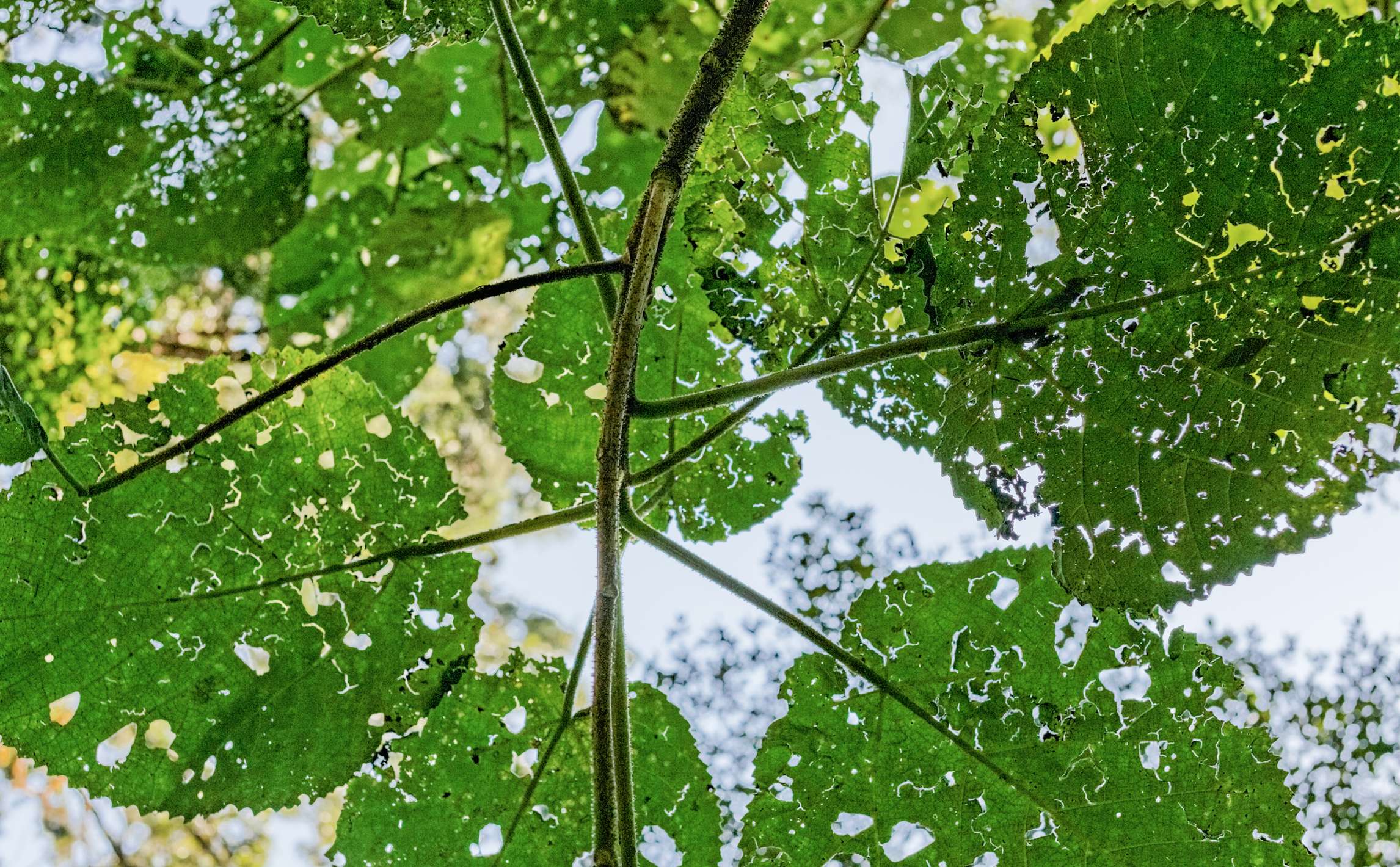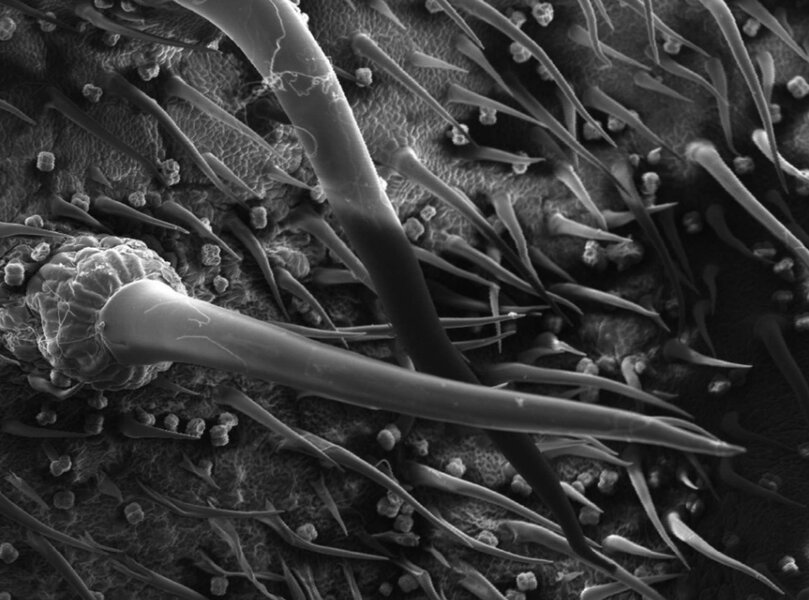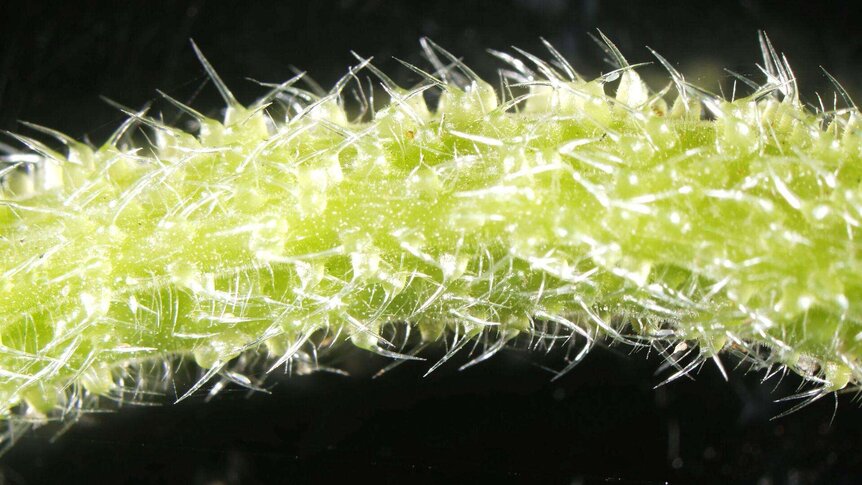Create a free profile to get unlimited access to exclusive videos, sweepstakes, and more!
Scientists solve the mystery of the stinging tree's deadly Poison Ivy-pleasing toxins

If you've ever had a close encounter with Australia's notoriously nasty stinging tree, chances are it was a moment you'd never forget. Known throughout the globe as one of the most venomous plants ever to soak up the sun, the stinging tree's touch inflicts tear-inducing pain that never seems to end.
In a new study published in the online journal Science Advances, a team of scientists at Australia's University of Queensland has dissected one the great mysteries of its brutal reputation by revealing a previously-undocumented neurotoxin that delivers a serious shock to the central nervous system.
A fearsome flora only a villainous biologist like Poison Ivy could love, the broad leaves of the Australian giant stinging tree are coated in tiny silicon hairs which contain an excruciatingly painful poison and are very hazardous both to humans and livestock. Even its decaying leaves dropped on the forest floor remain obstacles to avoid at any cost!
Stinging trees typically thrive in light-filled openings in the rainforest understory and come in many different shapes, sizes and species, with seven varieties alone living in Australia. Even dried botanical specimens collected 100 years ago can still sting you if gently touched!
"Like other stinging plants such as nettles, the giant stinging tree is covered in needle-like appendages called trichomes that are around five millimeters in length – the trichomes look like fine hairs, but actually act like hypodermic needles that inject toxins when they make contact with skin," explains study co-author, Irina Vetter.
Dr. Marina Hurley, doing extensive research on the wicked plant several years ago, once described the stinging tree's bite as "the worst kind of pain you can imagine – like being burnt with hot acid and electrocuted at the same time."
Now Vetter and her colleagues at the University of Queensland reveal the discovery of an unknown pain-inducing peptide that is responsible for the ruthless neurotoxic effect of the stinging tree. This brand new class of miniproteins has been officially catalogued as gympietides, obtained from the word gympie, the original indigenous name of the potent plant.
"Although they come from a plant, the gympietides are similar to spider and cone snail toxins in the way they fold into their 3D molecular structures and target the same pain receptors--this arguably makes the Gympie-Gympie tree a truly "venomous" plant,” Vetter adds.
By targeting the specific methods to its madness, researchers found that these gympietides apparently trigger permanent changes to the sodium channels in sensory neurons. This mechanism is believed to be the root cause of exactly why people kissed by the toxic plant seem to re-experience painful sensations for months and even years following the initial encounter.
"By understanding how this toxin works, we hope to provide better treatment to those who have been stung by the plant, to ease or eliminate the pain,” notes Vetter. "We can also potentially use the gympietides as scaffolds for new therapeutics for pain relief."

















